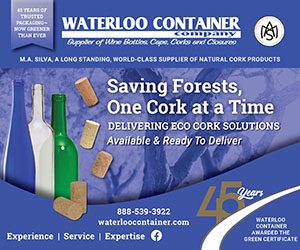Since these two questions are related I will answer them together. Layering ones’ containers with argon or CO2 gas may seem like an easy, pat solution to un-topped containers. It’s heavier than air so one would assume that a nice layer of it over the wine would be just like having a completely topped container. Alas, like so much in winemaking, it is not that easy. Even if you slowly and carefully dispense the argon into the top of your container, you are still only mixing it with the oxygen, nitrogen, etc. (viz, air) that is already there. Ergo, you will never achieve a 100% inert gas blanket.
Even with measuring and monitoring the dissolved oxygen content on top of the gas-layered wine, I have never found a gas layer to be able to out-perform a topped container. It may keep your wine sound for 1–4 months but beware of VA (volatile acidity) creep, free SO2 disappearance, spoilage and oxidation thereafter. Reds fare better than whites and wines stored in cooler temperatures do better. Using argon is probably okay for a short term, as long as the containers are then topped up for long-term aging and the gas is replenished every couple of weeks. There is really no substitute for a topped vessel, however.
So the short, quick and not-so-fun-to-hear answer is that we simply must buy break down containers, smaller carboys or simply make enough wine to fit the containers we have. There are variable-capacity tanks out there, but those must be monitored constantly for seal integrity (they are not ideal either). Home winemakers can buy or trade their buddies for appropriate topping wine to add to their containers, but how much do we really want to spend? The commercial industry has battled this problem since time immemorial and no winemaker I know feels like he or she has enough “little tanks.” We buy as many as our budgets will allow and then use argon and CO2 (regretfully and carefully) to make up the difference.




